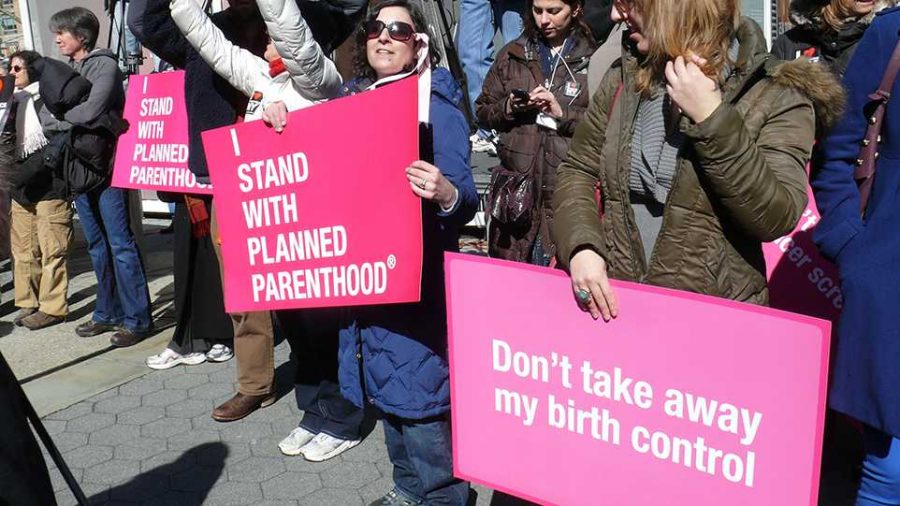Hannah Soyer
[email protected]
On Sept. 18, the House of Representatives voted 241-187 to cut federal funding from Planned Parenthood. The push to defund Planned Parenthood comes from a recent belief that Planned Parenthood is selling fetal body parts after abortions.
Republican presidential candidate Carly Fiorina said in last week’s GOP debate that she had seen footage of a live fetus on a table, “its heart beating, its leg kicking,” with someone in the background saying, “We have to keep it alive to harvest its brain.” Since this statement, such footage has been unable to be found, despite Fiorina continuing to state that she has seen the videos. Whether this footage is real or not is beyond my knowledge, and whether said footage is related to Planned Parenthood or something completely different is also beyond my knowledge. If such a thing is actually happening at Planned Parenthood, I would be disgusted. However, choosing to defund Planned Parenthood based on an allegation from Fiorina, an allegation that so far has not been able to be verified, is completely irrational.
The House’s move is choosing to gloss over the majority of what Planned Parenthood does. According to a chart from March 2011 detailing the types of services provided by Planned Parenthood, the two largest categories of services were contraceptives (birth-control pills, condoms, etc.) and sexually transmitted diseases/infections testing and treatment. The next biggest category of services provided is cancer screening and prevention. Abortions account for only 3 percent of the services provided by Planned Parenthood, and it is important to note that by law, these cannot be federally funded. Therefore, choosing to cut funds for Planned Parenthood is not going to affect abortions, it’s going to affect their ability to provide women with inarguably important services such as contraceptives, STD/STI testing and treatment, and cancer screening and prevention.
The problem here is that the cause doesn’t warrant the effect. Let’s say for a moment that such horrendous things as harvesting live fetal body parts were happening at Planned Parenthood. The rational thing to do would be to then hold an investigation of this specific practice and shut down that part of Planned Parenthood.
Here’s another, different scenario: Pro-life vs. pro-choice arguments aside, if the government decided that abortions should be illegal, the reasonable action would be then to shut down the part of Planned Parenthood that performs them. Deciding to cut federal funding to all of Planned Parenthood, however, is like deciding to kill a person with cancer in her foot instead of treating the foot and letting her live and thrive and do whatever she is meant to do in this world. Of course, this is also pretending that the harvesting of fetal body parts actually happens at Planned Parenthood, and that federal funding already goes to fund abortions at Planned Parenthood, which it doesn’t.
Maybe it’s unreasonable to think that the majority of the House that voted to stop funding to Planned Parenthood is able to follow this logic. But then again, maybe it isn’t. If this is the case, House members must see something horribly wrong with providing women with contraceptives, STD/STI testing and treatment, and cancer screening and prevention. Of course, Planned Parenthood generally services women of lower-income situations, and considering that members of a certain political party are typically against helping people in these situations, maybe this is the reason the vote went the way it did. The irony in this, however, is that said political party does not want to be responsible for helping this lower class and yet refuses to fund contraceptives that would allow women in these situations access to better family planning.






